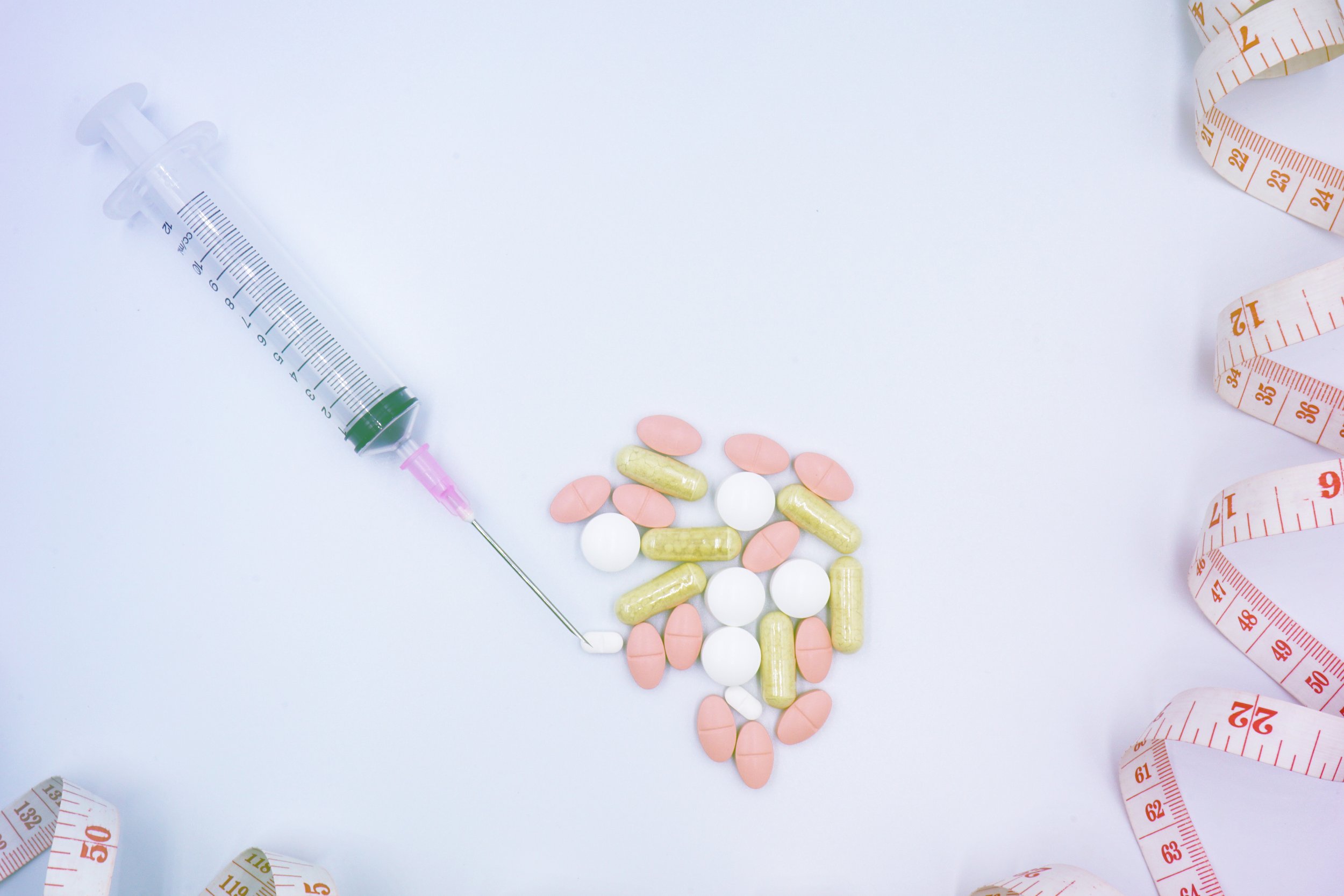Well, yeah, could be. Not really a big surprise – inflammation associated with knee arthritis (chronic knee pain) shows accelerated brain cell aging. Not a surprise because we know that inflammation is the route of all bad things… though it’s a necessary part of normal function as well. Controlled inflammation (i.e. regular exercise) is good for you. Uncontrolled inflammation is bad for you. This article talks about a single specific gene, but there are a multitude of genes that impact inflammation. We look at these – managing the response to inflammation with this guidance can be both very helpful and likely has more long-term impact than we probably even know.
Opportunities for better health abound – Limitless Healing is our tagline!
Chronic Pain Linked to Accelerated Brain Aging
The consequences of chronic musculoskeletal pain (CMP) may extend well beyond physical discomfort, potentially leading to faster aging of the brain, new research showed.
Using structural MRI data from more than 9000 adults with knee osteoarthritis (KOA) from the UK Biobank, investigators developed a brain age model to compare an individual's brain age with their chronological age. Those with KOA showed a much faster rate of brain aging than healthy individuals.
The acceleration in brain aging was largely driven by the hippocampus and predicted memory decline and incident dementia during follow-up. Researchers identified a gene highly expressed in glial cells as a possible genetic factor for accelerated brain aging.
"We demonstrate the accelerated brain aging and cognitive decline in chronic musculoskeletal pain, in particular knee osteoarthritis, and provide a neural marker for early detection and intervention," co-first author Jiao Liu, PhD candidate, Chinese Academy of Sciences, Beijing, China, told Medscape Medical News.
"We are interested to know how to slow down the aging brain in chronic musculoskeletal pain patients. Proper exercise and lifestyle may reduce the risk," Liu said.
Common Condition
CMP affects more than 40% of the world's population and has been shown to have a harmful impact on cognitive function, although the exact mechanisms remain unclear. Prior research suggests that inflammatory markers associated with brain aging are higher in patients with CMP, suggesting a link between brain aging and CMP.
To investigate further, researchers explored patterns of brain aging in healthy cohorts and cohorts with four common types of CMP — chronic knee pain, chronic back pain, chronic neck pain, and chronic hip pain.
Using their brain age model, investigators observed significantly increased brain aging, or "predicted age difference," only in individuals with KOA (P < .001). The observation was validated in an independent dataset (P = .020), suggesting a pattern of brain aging acceleration specific to KOA.
This acceleration was primarily driven by key brain regions involved in cognitive processing, including hippocampus and orbitofrontal cortex, and was correlated with longitudinal memory decline and dementia risk.
These data also suggest that the SLC39A8 gene, which is highly expressed in glial cells, might be a key genetic factor underpinning this acceleration.
"We not only revealed the specificity of accelerated brain aging in knee osteoarthritis patients, but importantly, we also provided longitudinal evidence suggesting the ability of our brain aging marker to predict future memory decline and increased dementia risk," corresponding author Yiheng Tu, PhD, also with Chinese Academy of Sciences, Beijing, China, said in a news release.
A Future Treatment Target?
Commenting on this research for Medscape Medical News, Shaheen Lakhan, MD, PhD, neurologist, and researcher based in Miami, Florida, noted that in this study, people with KOA showed signs of "faster brain aging on scans. Think of it as your brain wearing a disguise, appearing older than its actual years," Lakhan said.
"Inflammation, a key player in osteoarthritis, might be playing a double agent, wreaking havoc not just on your joints but potentially on your memory too. Researchers even identified a specific gene linked to both knee pain and faster brain aging, hinting at a potential target for future treatments," he added.
"Importantly, the increased risk of cognitive decline and dementia associated with chronic pain is likely one of many factors, and probably not a very high one on its own," Lakhan noted.
The "good news," said Lakhan, is that there are many "well-established ways to keep your brain sharp. Regular exercise, a healthy diet, and staying mentally stimulated are all proven strategies to reduce dementia risk. Think of chronic pain management as another tool you can add to your brain health toolbox."










